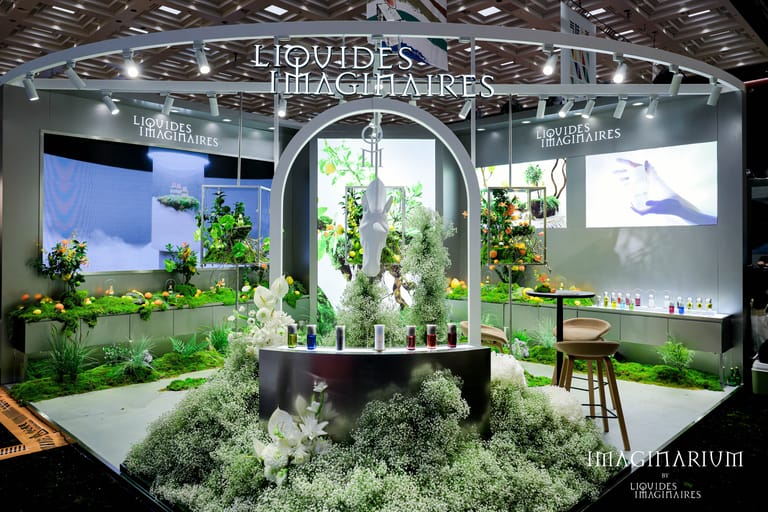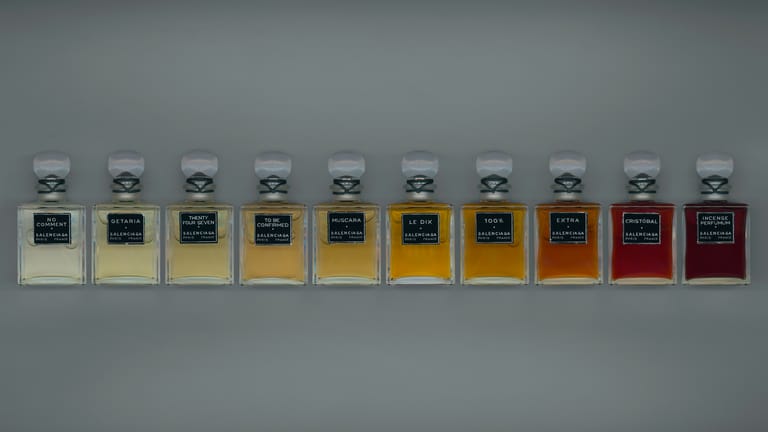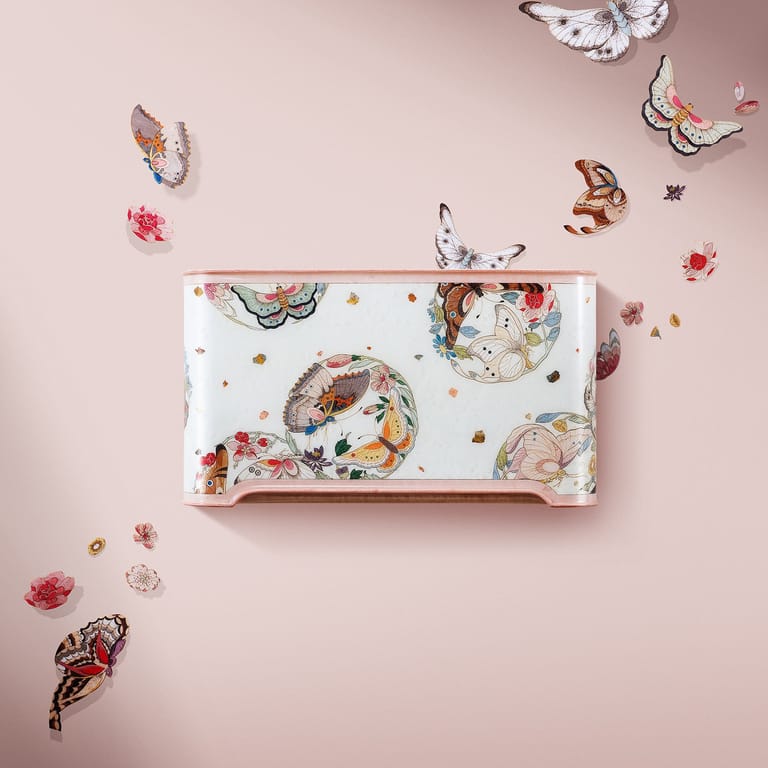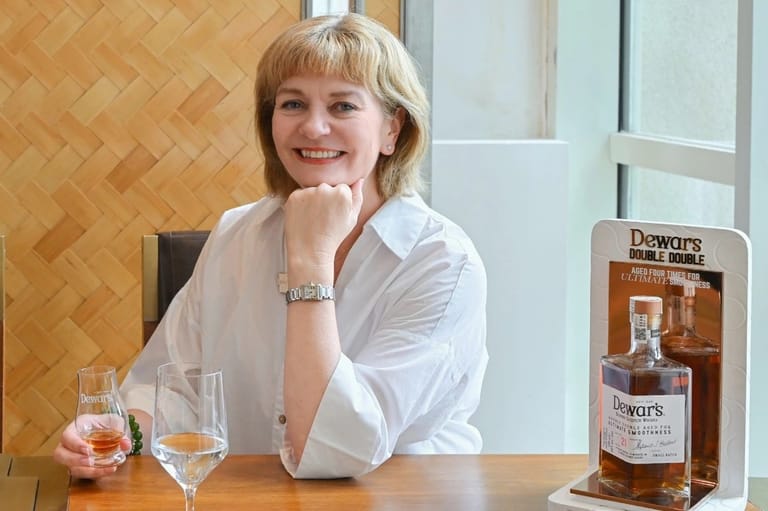How Efficacy-Based Hair & Body Care Is Powering the Next Engine of Growth
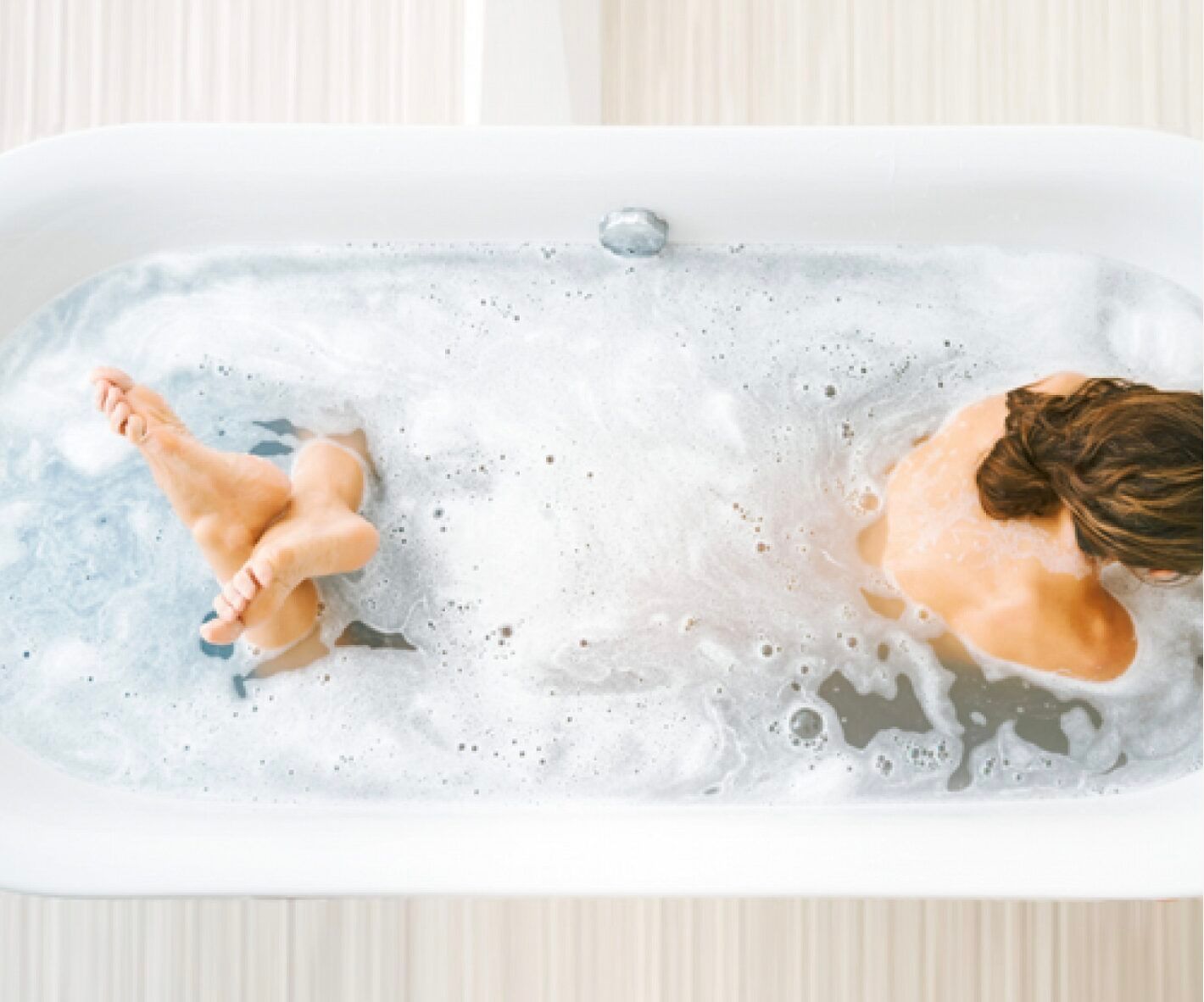
At the beginning of this month, L’Oréal Group announced its acquisition of Color Wow, one of the fastest-growing professional haircare and body care brands globally. Founded by Gail Federici in 2013, Color Wow targets consumers who frequently dye or chemically treat their hair, offering professional-grade solutions spanning cleansing, care, and styling. The brand currently operates across the U.S., Europe, and the Middle East. According to Reuters, its annual revenue exceeds $300 million, and it has been seeking a valuation of $1 billion.
This acquisition strengthens L’Oréal’s Professional Products Division, which includes brands like Kérastase and L’Oréal Professionnel and serves salon channels. In 2024, the division generated 4.886 billion euros in revenue, up 5.3 percent year-on-year, with Kérastase as the primary growth driver thanks to double-digit expansion in both hair and body care. In its latest quarterly earnings report, the division reported 1.28 billion euros in sales, up 1.6 percent year-on-year.
This acquisition strengthens L’Oréal’s Professional Products Division, which includes brands like Kérastase and L’Oréal Professionnel and serves salon channels. In 2024, the division generated 4.886 billion euros in revenue, up 5.3 percent year-on-year, with Kérastase as the primary growth driver thanks to double-digit expansion. The focus on innovation in both hair and body care continues to drive their success. In its latest quarterly earnings report, the division reported 1.28 billion euros in sales, up 1.6 percent year-on-year.
As the market evolves, the synergy between hair and body care continues to gain momentum among consumers seeking comprehensive beauty solutions.
This acquisition is part of a broader trend in body care, emphasizing the importance of efficacy in personal grooming.
This acquisition reflects a broader trend in efficacy-based hair and body care products that are driving consumer interest and market growth.
These products highlight the growing consumer demand for quality body care solutions that effectively address specific hair and skin concerns.
While international giants are consolidating globally, a parallel wave is unfolding in China. Since February last year, many beauty groups have launched efficacy-driven haircare and body care products in rapid succession:
- Giant Biogene debuted scalp care brand Head Things
- Proya launched Awaken Seeds in May, focusing on scalp micro-ecology
- Shanghai Chicmax Cosmetic revamped One Leaf to address sensitive scalp needs
- Starting in June, Freda rolled out Soon Mu, and Mask Family launched a new concept line for oil-based hair nourishment
- In July, Chando also introduced an herbal scalp care line
Despite their varied positioning, a clear trend is emerging: professional-grade efficacy is moving downstream to the mass market. Shampoo has shifted beyond cleansing. Think soothing the scalp, repairing keratin, defending against environmental aggressors, and slowing signs of aging.
This logic is familiar. Efficacy-driven skincare has long proven to be a sustainable growth model. Through ingredient education, scientific validation, and targeted solutions, many brands have built strong trust loops with consumers. That same playbook is now being rapidly adapted for scalp and body care.
Claims like brightening, anti-aging, acne control, and hydration—once exclusive to facial skincare—are now common in body washes and lotions. Skincare ingredients like niacinamide, AHA, and amino acids are also making their way into body care formulas.
One sub-category stands out in particular: oil-based body care. According to research from Netvoices, from October 2023 to September 2024, “body care oils” was the only segment within body care on China’s Taobao and Tmall platforms to register positive growth, up 24 percent year-on-year.
One notable player is Bathfeel, a brand backed by Botanee, which focuses on Eastern aromatherapy and oil-based bathing rituals for emotional soothing and skin balancing, emerging as a key driver in this niche.
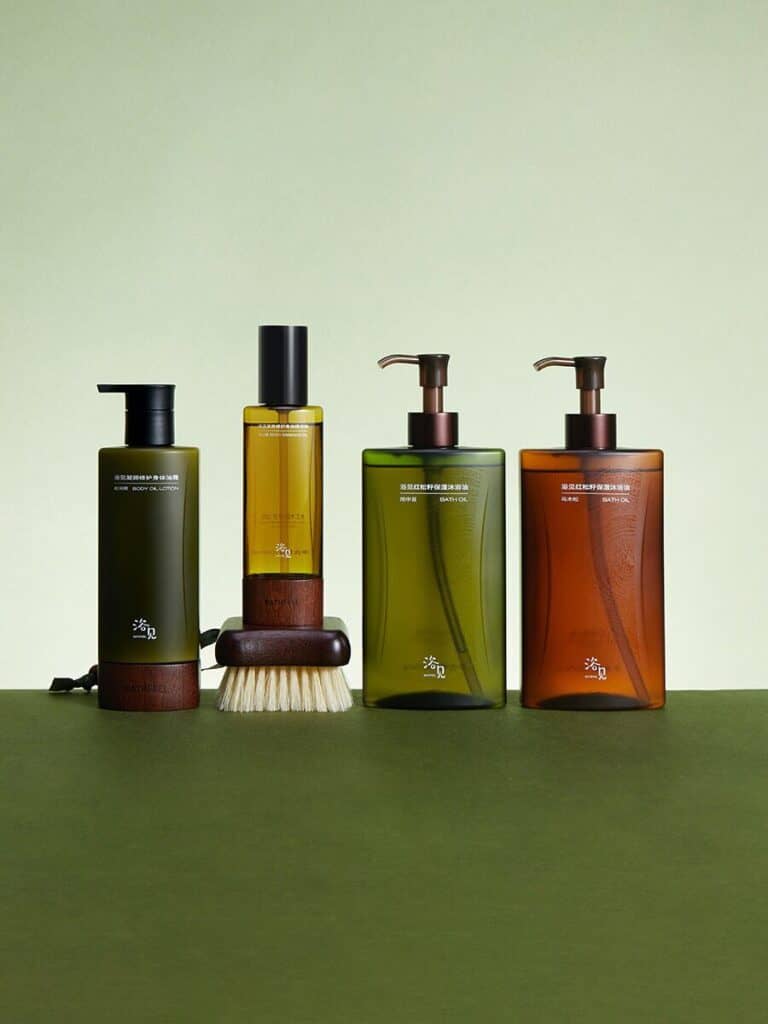
In light of this momentum, local beauty groups are reassessing the strategic value of the hair and body care category. Globally, hair and body care has always played a crucial role in multi-brand strategies. Yet in China, domestic groups have historically taken a cautious stance on this category, focusing on entry-level, functionally simple, and price-sensitive products aimed at the mass market, designed more to fill portfolio gaps than drive core growth.
Today, efficacy-based narratives offer a new point of entry. With R&D, ingredients, and clinical efficacy as storytelling tools, local companies are beginning to construct a more professionalized personal care narrative, unlocking access to mid- and premium-tier segments with stronger growth potential.
Transforming Hair and Body Care
More importantly, Chinese brands aren’t starting from scratch. Over the past decade, they’ve built full-stack capabilities in efficacy skincare, spanning product development, ingredient education, and content strategy. These assets now provide a foundation for their expansion into hair and body care. Whether it’s scalp repair, anti-inflammatory body care, or skin brightening, many of these needs already have well-established playbooks drawn from facial skincare.
This strategic transfer of capabilities is now enabling brands to make long-term structural investments Hair & Body Care .
From formulation and efficacy positioning to packaging and storytelling, hair and body care is being treated as a standalone growth pillar, not a secondary category. In 2023, Shanghai Chicmax Cosmetic even set a goal of growing One Leaf’s haircare line to 10 billion yuan (approximately $1.39 billion) in sales within five years—a move that reflects not only high growth expectations but also a clear strategic commitment to the mid-to-high-end segment.
As brands elevate their strategic positioning, they are also investing more heavily in R&D to build genuine technological moats. Watercome has partnered with Jinan University Genomics to establish a “Joint Efficacy Personal Care Lab,” collaborating across foundational research, pathway validation, and clinical efficacy. Meanwhile, Banmuhuatian has developed its own raw material base, proprietary manufacturing facilities, and three R&D labs across different regions. To date, the company has accumulated over 400 exclusive formulations and secured multiple technology patents. There is no doubt that the strengthening of such scientific infrastructure is giving these brands greater confidence and long-term leverage.

China’s personal care market reached 283.3 billion yuan in 2024 and is projected to hit 359.7 billion yuan by 2028, with a five-year CAGR of 8.4 percent. Despite the promising market potential, consumer awareness remains nascent, especially in scalp and body care.
Tmall data shows that international brands, such as Kérastase and Elizabeth Arden, still dominate the charts, with no brand having yet secured a monopoly. This leaves the door wide open for local players to win over consumer mindshare.
That said, bridging the gap between efficacy claims and consumer understanding is no small feat. The most practical solution? Help consumers detect subtle changes in their body conditions through problem segmentation to create awareness before demand. According to Euromonitor, China’s professional scalp care market has grown at an annual rate of over 25 percent in the past three years, with 72 percent of consumers willing to pay a premium for “precision care.”
This growth may be fueled by ongoing consumer education. On the discerning platform RedNote, the hashtags “scalp care” and “body care” have garnered 1.21 billion and 1.66 billion views, respectively, with seasonal topics like “summer body care,” “autumn-winter body care,” and “sensitive scalp tips” gaining significant traction, showcasing rising demand for personalized, scenario-based solutions.
In addition to segmenting by function, brands are increasingly redefining how and when products are used to strengthen product relevance. The move from single-function storytelling to positioning products within broader lifestyle narratives is gaining momentum. For example, products designed specifically for active and post-workout scenarios are on the rise, highlighting how brands are grounding efficacy in lived experiences.
Ultimately, the emergence of increasingly specialized SKUs is often a signal of pre-boom market maturation. Whether for legacy global brands or fast-moving local challengers, the real competition in hair and body care is just beginning.
Stay Connected Through Our Weekly Newsletter






